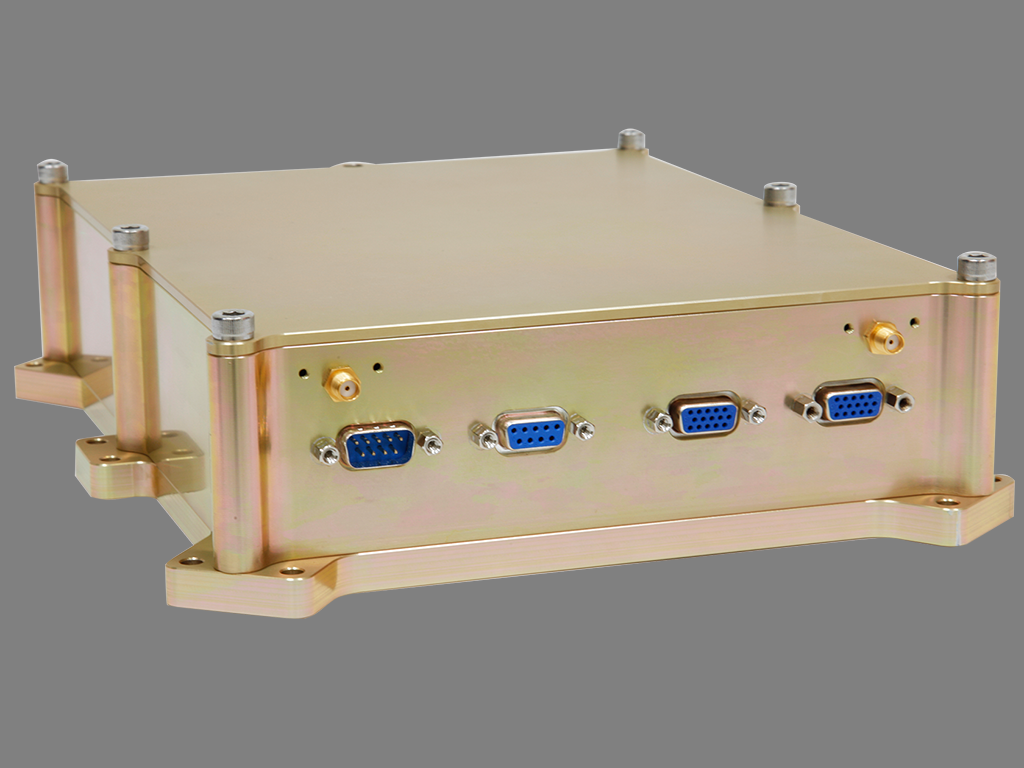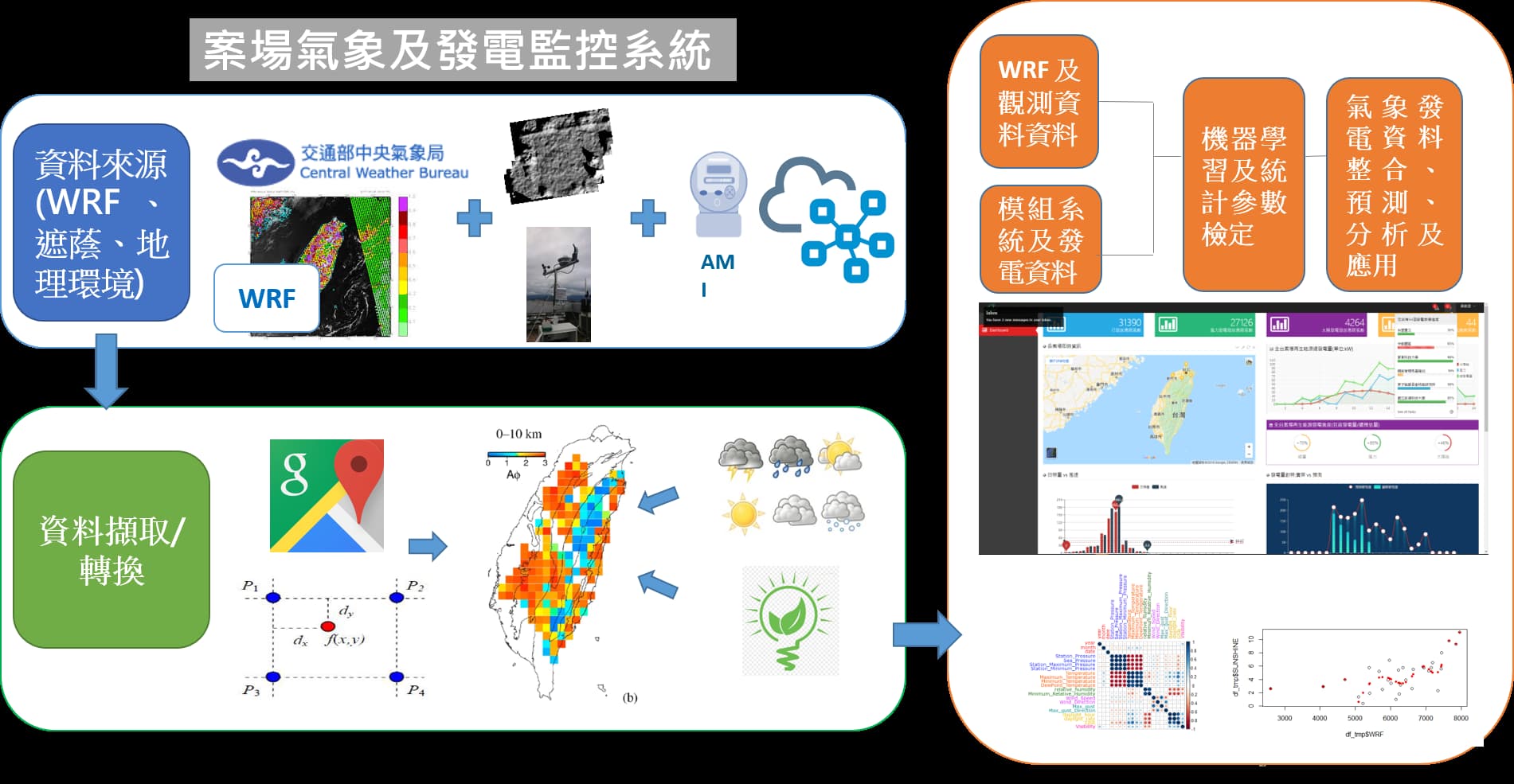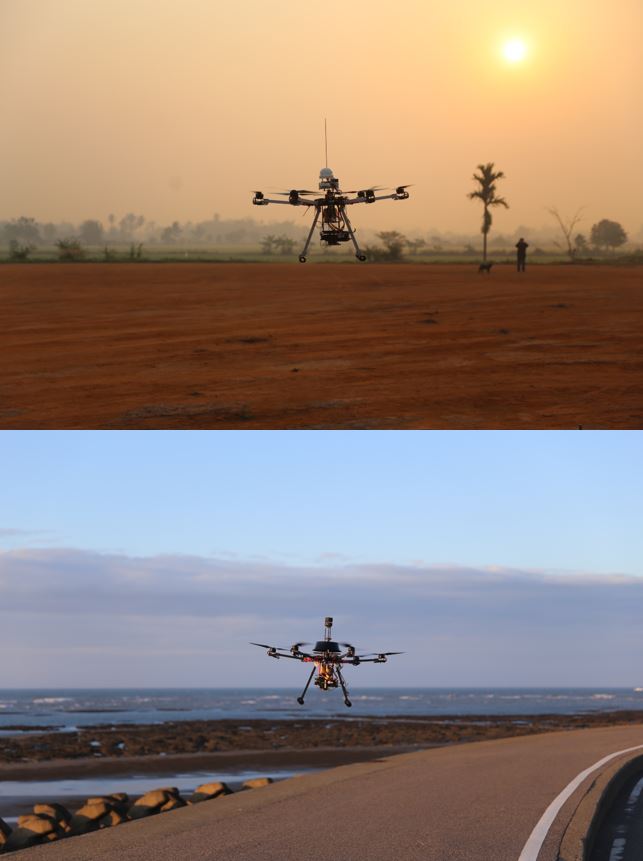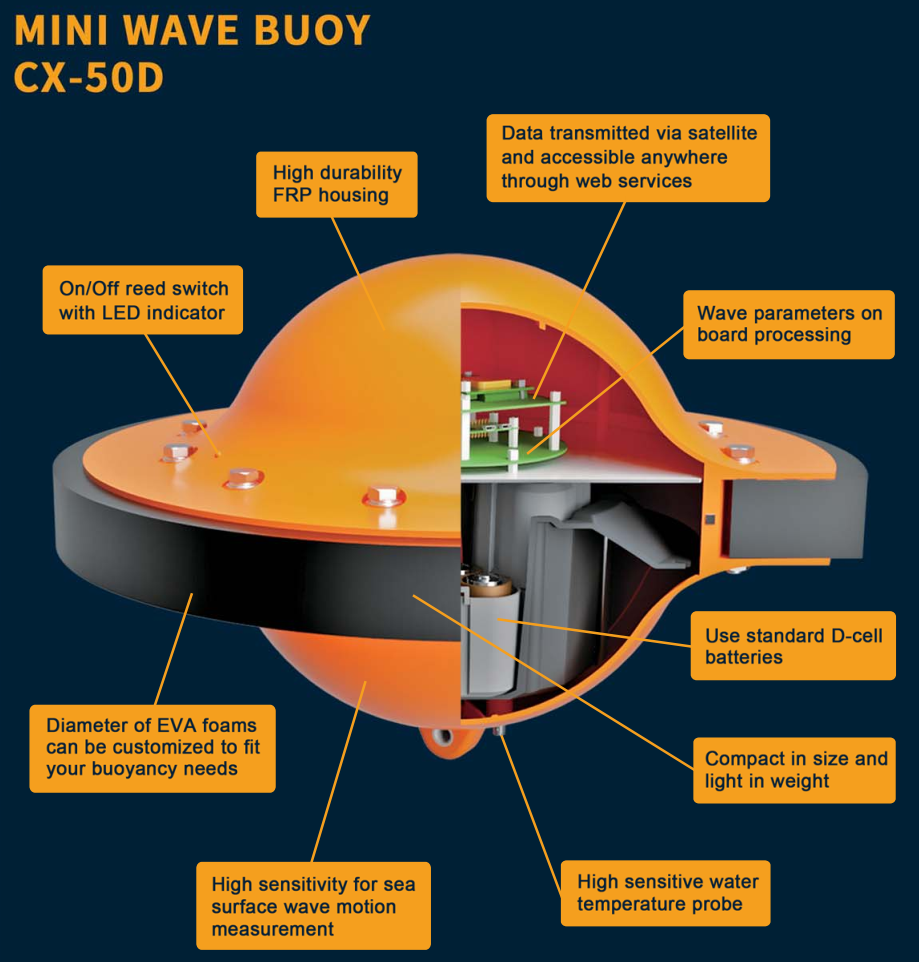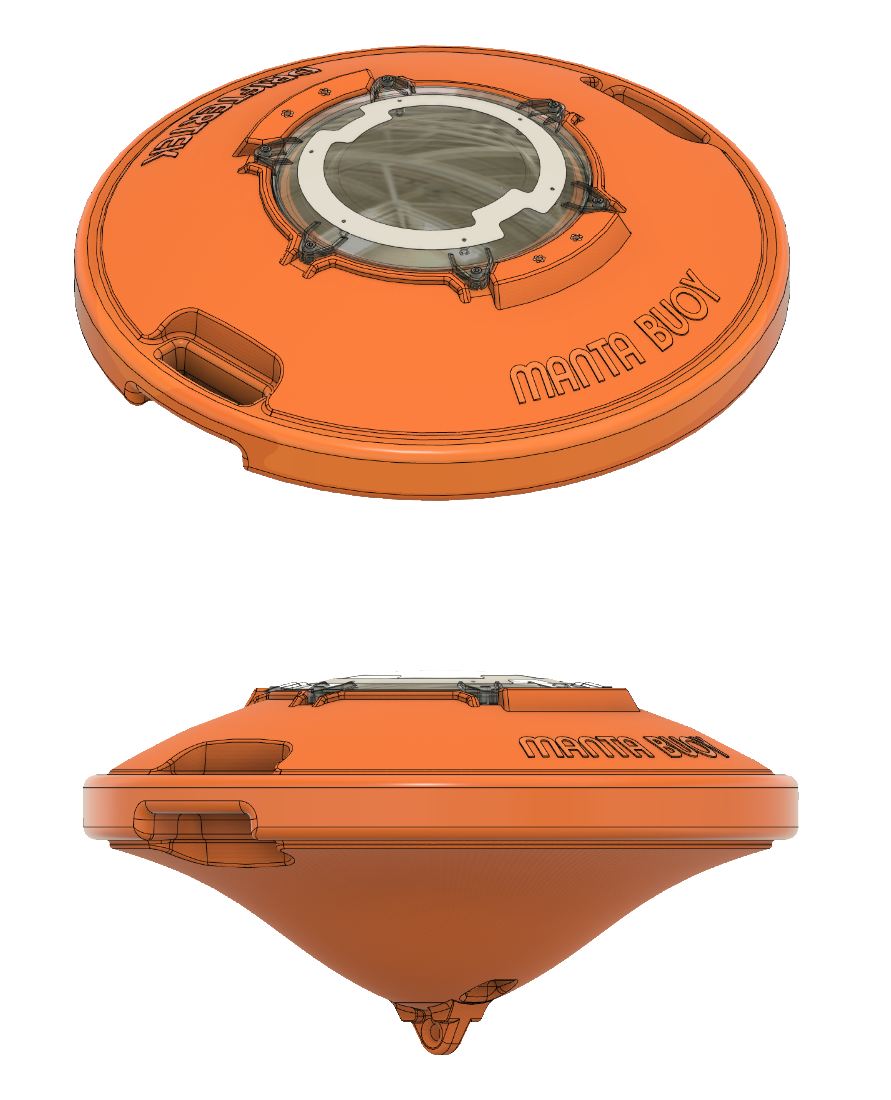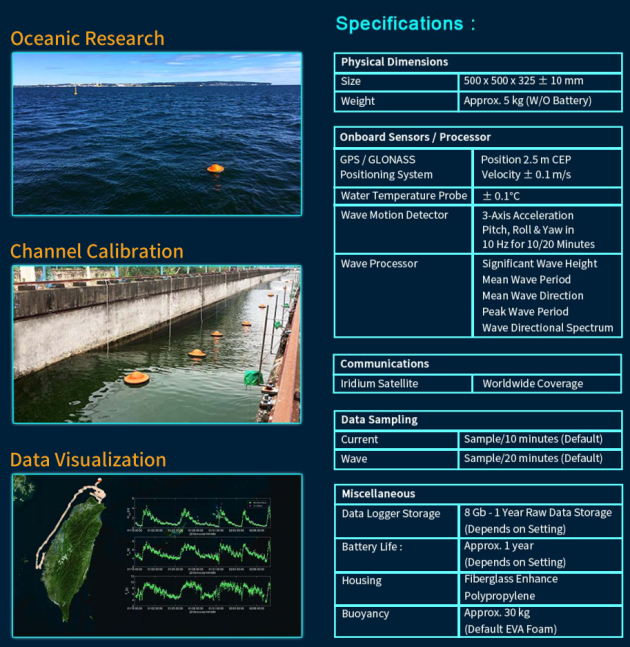| Technical Name | Mobile IoT for Marine Environment Monitoring and Hazard Mitigation | ||
|---|---|---|---|
| Project Operator | National Central University | ||
| Project Host | 錢樺 | ||
| Summary | The goal of this research is to develop miniature wave buoys using IoT technology, in response to the trend of marine instruments. By taking the advantages of Taiwan’s electronics industry, we designed a new miniature wave buoy. Its size was reduced to 0.4 meters high, 0.5 meters in diameter and weighing only a few kilograms, from the previous technology generally used were 3 meters high, 2.5 meters diameter and weigh several tons. The algorithms were further developed to retrieve high-precision sea level, wave direction spectrum, sea surface roughness, wind speed and direction, sea surface currents, temperature and salinity. The key technologies include integration of MEMS chip sensing elements, robust algorithms, and seaworthiness. Our miniature wave buoys are produced at low economic cost, which have the competitive advantage in the international commercial market for ocean monitoring. |
||
| Scientific Breakthrough | The objective of the system is to create a global-scale spatial coverage mobile IoT for ocean monitoring, with relatively large amounts of data and relatively low cost. However, the performance of low-cost sensor and satellite positioning chips are not good. In this study, time series autoregressive analysis and filtering are added in the algorithm to improve the signal quality. The performance of various chips is further tested and evaluated to reduce the system production cost with acceptable quality. Therefore, our miniature wave buoys can achieve the instrument requirements for the research and monitoring of oceans. |
||
| Industrial Applicability | In recent years, the marine industry has flourished in the world as a result of the development of new resources and new regions, with particularly fast-growing industries such as offshore wind energy, shipping, oil and gas exploration and transportation, marine tourism and recreation, marine ranching and box net farming, etc. The environmental monitoring need have increased as the development of these marine industries, dues to the requirements and their operational risk avoidance. The miniaturized buoys developed in this study provide solutions to the above-mentioned needs in ocean monitoring. |
||
| Keyword | miniature wave buoy Internet of Things current measurement sea surface wind wave parameter ocean monitoring sea surface temperature wind energy weather forecast hazard mitigation | ||
- mychen@mporg.tw
other people also saw

